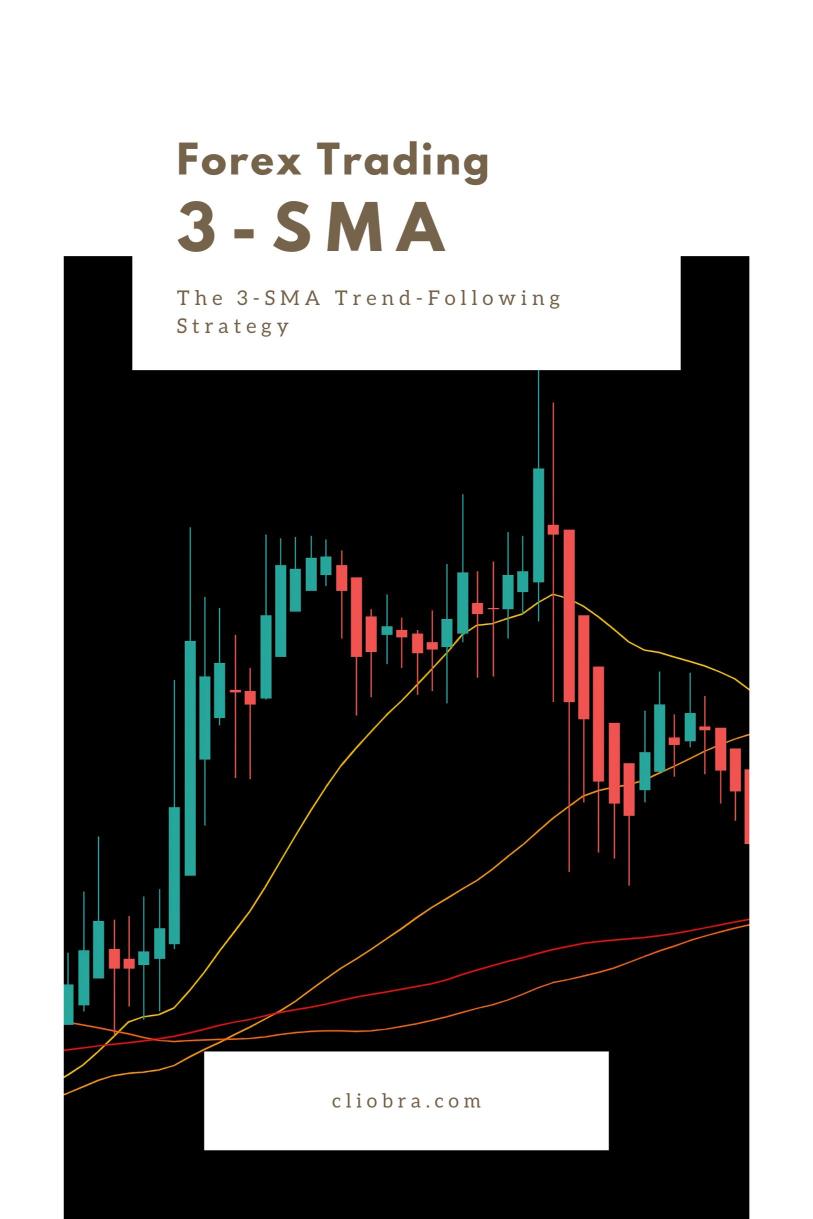Last Updated on February 21, 2025 by Arif Chowdhury
Are you tired of inconsistent results in your trading?
Do you struggle with identifying market trends?
You’re not alone.
As a seasoned Forex trader since 2015, I’ve faced these challenges head-on.
Over the years, I’ve developed a solid foundation in both fundamental and technical analysis.
One strategy that consistently stands out for swing trading is the 3-SMA Trend-Following Strategy.
Let’s break it down.
What is the 3-SMA Trend-Following Strategy?
The 3-SMA strategy uses three Simple Moving Averages (SMAs) to identify market trends.
Here’s the basic setup:
- Short-term SMA: Typically 5 or 10 periods.
- Medium-term SMA: 20 or 30 periods.
- Long-term SMA: 50 or 100 periods.
When these SMAs align, they provide clear signals for entry and exit points.
Why Use the 3-SMA Strategy?
- Simplicity: It’s straightforward to understand. No complicated indicators.
- Clear Signals: It helps in spotting trends clearly, reducing guesswork.
- Flexibility: Works well across various timeframes, perfect for swing trading.
Studies show that traders using moving averages can see up to a 70% success rate when properly applied.
Setting Up Your 3 SMAs
- Choose Your Currency Pair: I recommend starting with major pairs like EUR/USD or GBP/USD.
- Select Your Timeframe: H4 (4-hour) charts work best for swing trading.
- Add Your SMAs: Use your trading platform to apply the three SMAs.
How to Trade with the 3-SMA Strategy
Entry Signals
- Buy Signal: When the short-term SMA crosses above the medium and long-term SMAs.
- Sell Signal: When the short-term SMA crosses below the medium and long-term SMAs.
Exit Signals
- Close Buy Position: When the short-term SMA crosses below the medium SMA.
- Close Sell Position: When the short-term SMA crosses above the medium SMA.
Risk Management
Never underestimate the importance of risk management.
Here are some tips:
- Use Stop-Loss Orders: Protect your capital by setting stop-loss orders.
- Position Sizing: Don’t risk more than 1-2% of your trading capital on any single trade.
- Diversification: Spread your investments across different currency pairs.
Speaking of diversification, I’ve created a robust portfolio of 16 trading bots that leverage the 3-SMA strategy along with other techniques.
These bots are designed for long-term trading and can help maximize your profits while minimizing risk.
You can check them out for FREE here.
Common Challenges with the 3-SMA Strategy
Even the best strategies have their quirks.
Here are a few challenges to keep in mind:
- False Signals: In choppy markets, the SMAs might give misleading signals.
- Lagging Indicator: Moving averages are lagging indicators, meaning they react to price changes rather than predict them.
Staying Informed
Always keep an eye on market news and trends.
This can impact your trades significantly.
Pro Tip: Use economic calendars to track major events that might affect currency movements.
Choosing the Right Broker
Your trading experience highly depends on your broker.
Look for:
- Tight Spreads: This can save you money on trades.
- Fast Execution: Speed matters, especially in volatile markets.
- Great Customer Support: You want a broker that’s there for you when you need help.
I’ve tested multiple brokers and highly recommend checking out the best options here.
Conclusion
The 3-SMA Trend-Following Strategy is a powerful tool for swing traders.
It’s simple to implement and can yield impressive results.
Don’t forget about the importance of risk management.
And if you’re looking to boost your trading game, consider my 16 trading bots designed specifically for long-term success.
You can get started with them for FREE by visiting this link.
Keep practicing, stay informed, and happy trading! 🚀
